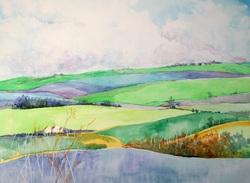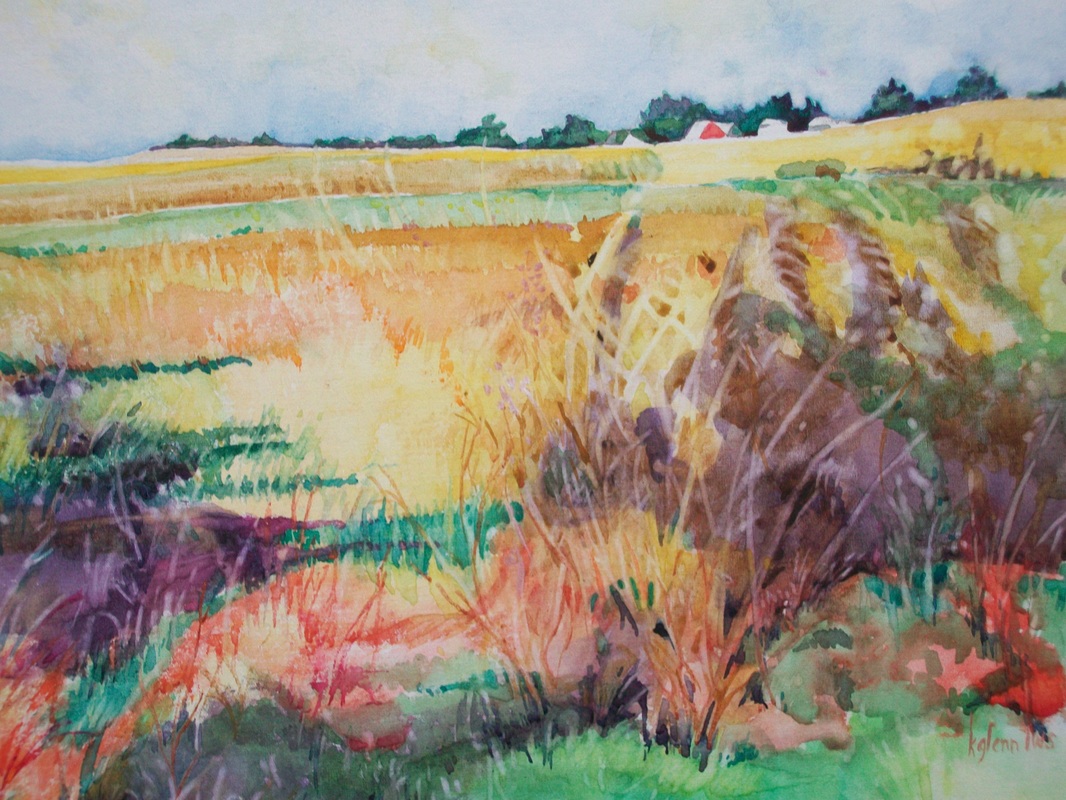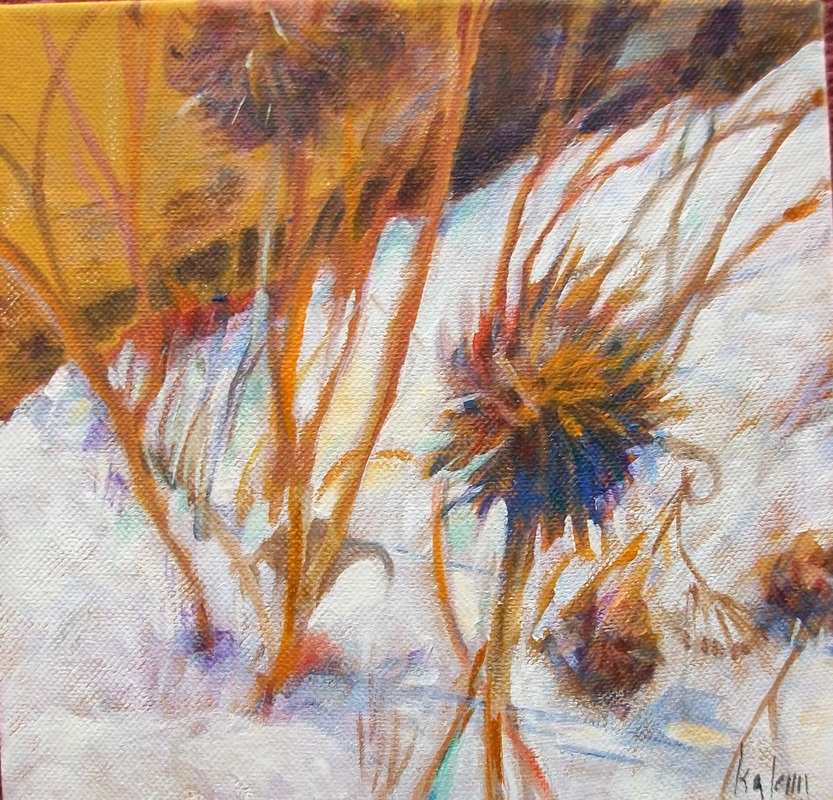1. Make a value study of the what you will be painting. Remember color is value not just a different place on the color wheel. If the values are right, the color will be too - no matter what color you use.
2. Set up a color chart of the hues you intend to use in your painting. You have a language now of terms - analogous, complementary and so on - but these are just guides to help you. If the color chart is harmonious or discordant, depending on your intent for the painting, the painting will be also.
3. Experiment with different manufacturer's colors. Make color swatches whenever you invest in a new tube of paint. One dealer's cerulean may be entirely different from another dealer's. And your hand will make each tube of paint unique in the way you use it. Be sure to label each of the swatches with the name, the medium, and the manufacturer.
4. Decide what you are saying in your painting. That simply means what do you find most interesting in your subject matter or abstract. What makes the painting worth doing? Then use your color to highlight that. It may be a mood or focal point. If you decide where you're going - the rest will follow.
5. painting should be fun! And color is the most fun of all! Don't get caught up in producing the perfect piece - enjoy the process. It will show.
Here are some interesting sites about Yupo:
http://www.yupopaperpainting.com/tips-and-techniques.html
http://www.yupopaperpainting.com/comparative-chart-of-textures-on-yupo-paper.html
http://paintingdemos.com/painting-with-acrylics-on-yupo-paper/




 RSS Feed
RSS Feed